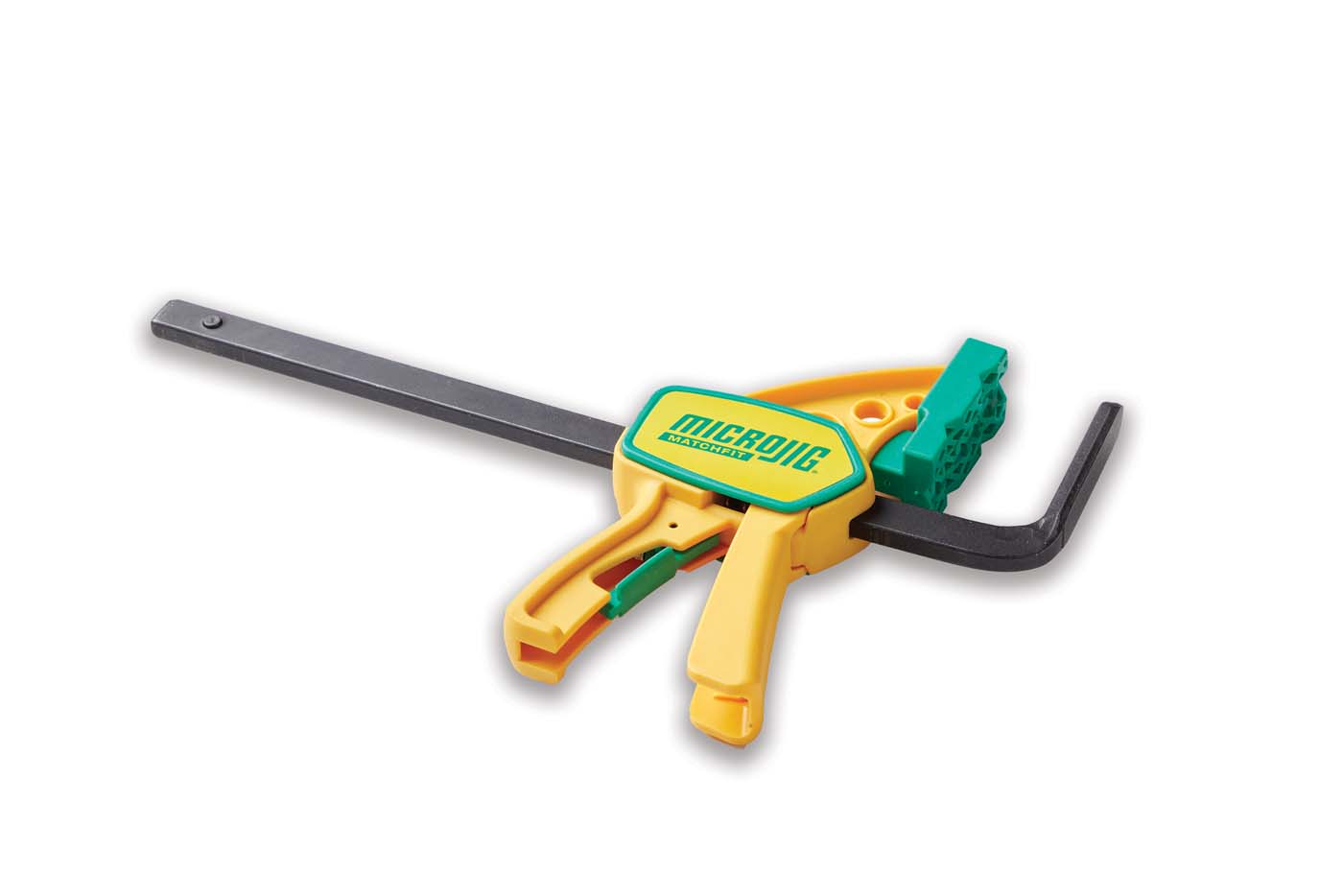
When it's time to glue up a project, I usually reach for a bottle of yellow PVA (polyvinyl acetate) glue. And for most common woodworking tasks that's the right call. But if you've checked out the glue section at your local hardware store or home center lately then you'll know that there are a lot of other glues on the market. Some boast better holding power, others are designed for different applications. The choices can be overwhelming.
The truth is, in spite of the number of different brands, most woodworking glues fall into only a few distinct types. Knowing the strengths and weaknesses of each type can help you choose the best adhesive for a project.

CYANOACRYLATE
One type of glue that gets a lot of use in my shop is cyanoacrylate, often sold as "super glue." The high cost of cyanoacrylate makes it impractical for assembling woodworking projects, but it has some unique properties that make it very useful.
First, it bonds in a matter of seconds. This makes it handy for quick repairs, like a split in a workpiece. Second, it bonds dissimilar materials, like wood and metal. Finally, it's available in thin, medium, and thick viscosity so you can select the right version for any task.

While cyanoacrylate bonds very quickly, you can speed up the bond by using an accelerator. Just spray it on the workpiece and cyanoacrylate hardens almost instantly. Fortunately, cyanoacrylate debonders are also available for correcting mistakes or saving your skin if you glue your fingers together. (Let's be honest, everybody's done this at least once.)
POLYURETHANE
Polyurethane glue has become second only to PVA in popularity and can be found just about everywhere glue is sold. For outdoor projects, or anything that will be exposed to water or moisture, polyurethane is a great choice. When applied properly, it provides roughly the same strength as PVA.
Polyurethane glues need moisture to cure properly. You'll get the strongest bond if you dampen the surfaces to be joined before adding the glue. As the glue cures, it produces a light-colored foam at the glue line. It's best to let the foam dry before trying to remove it. If you try to scrape it away while it's still wet you'll probably just end up with a mess. After it's dried, it's easy to slice the bead off with a sharp chisel.

I usually use latex gloves when working with polyurethane because it’s messy and tougher to clean up than PVA.
EPOXY
When you need a glue that provides an absolutely waterproof bond, the top choice is two-part epoxy. Epoxy is usually sold as paired individual components: a resin and a hardener. One of the nice things about epoxy is that you can use different resins and hardeners to adjust the working time and viscosity. When mixed in the proper ratio, a chemical reaction turns the two components into a gel-like glue that will bond just about anything.

To mix epoxy, you'll find it helpful to fold the two components together using a tongue depressor or a piece of scrap wood. This works better than trying to stir the thick components. You can mix epoxy in disposable containers or simply on a scrap piece of stock. It's thick enough that it won't run off the edges.
It's also a great choice if you need a gap-filling adhesive. In fact, as you can see in the photo above, I often use it to fill knots. By adding a little pigment or sawdust you can even match (or contrast) the color of the wood.

There's also another two-part glue to consider for some special applications. I like to use urea formaldehyde glue for bent laminations. You can find out why and how to use it in the box below.
These adhesives won't replace yellow glue, but once you understand their capabilities, they can open up a lot of possibilities.
Another Option: Urea Formaldehyde
When it comes to gluing up a bent lamination, yellow glue will work, but you can expect some springback due to the elasticity of cured PVA glue. When you need to avoid the "creeping" there's another glue I like to use - urea formaldehyde. This adhesive dries hard enough to prevent the tension in the individual laminates from distorting the overall shape, so the workpiece doesn't spring back.

On the downside, urea formaldehyde requires a few precautions. As you might imply from the name, urea formaldehyde contains some toxic elements. So you'll want to wear a high-quality respirator when mixing and applying it, and avoid getting it on your skin.
There are several different types, but the one I prefer comes in powder form and mixes easily with water. It provides over 30 minutes of working time and you can spread it with a disposable brush. One more thing to consider before using urea formaldehyde is the temperature in your shop. For best results, the shop temperature should be between 70° and 90°.











